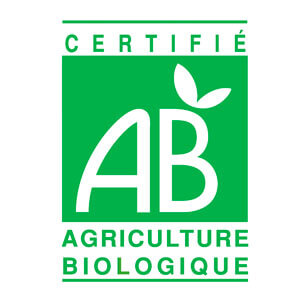Mon compte : Login
Our webstore uses cookies to offer a better user experience and we consider that you are accepting their use if you keep browsing the website.

- Home
- >
- Essential oils>Huiles essentielles peau>Lavender stoechas essential oil (organic)
Lavender stoechas essential oil (organic)
Lavandula stoechas L.
Origin Portugal
Certified organic by ECOCERT sas F-32600 L'Isle-sur-Sorgues
New product
Contraindications
Do not use pure essential oil on the skin (causes inflammation). Not to be used by pregnant or breast-feeding women.
Warnings: Use with caution. All the essential oil information available on our website (dosage, association, indications) has been gathered from a number of aromatherapy reference books written by medical researchers. This information should not however be taken as a substitute to a professional medical advice and, for that matter, does not engage our responsibility: CENTIFLOR is not liable for any accidents, injuries or prejudices whatsoever caused to anyone practicing auto-medication on the basis of the information available on this website.
Trusted Shops Reviews
Lavender stoechas essential oil (organic): utilisations
Lavender stoechas essential oil (organic): propriétés
- analgesic
- Anti-catarrh essential oils
- Anti-infection essential oils
- Anti-inflammatory essential oils
- Anti-mucolytic essential oils
- antifungal
- antiparasitic
- antiviral
- balsamic expectorant
- cholagogue
- healing
- Healing essential oils
- immune regulator (-)
- lipolytic
- lymphatic and venous decongestant
- narcotic
- neurotonic
- stimulating effect (CNS)
- sympatheticotonic



































